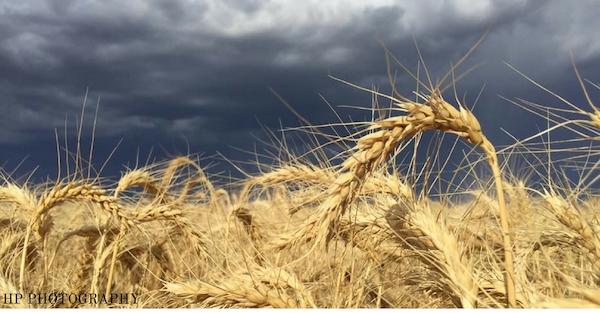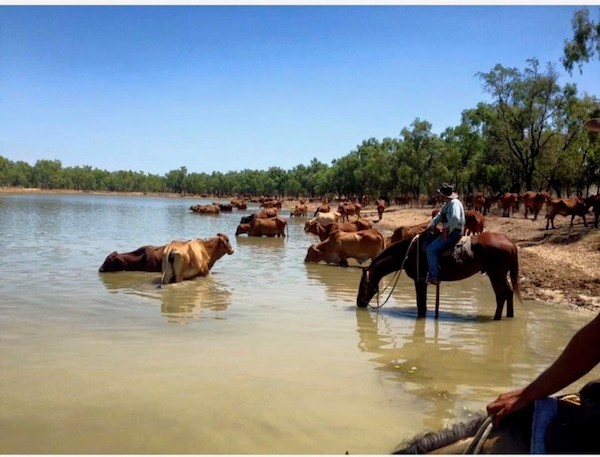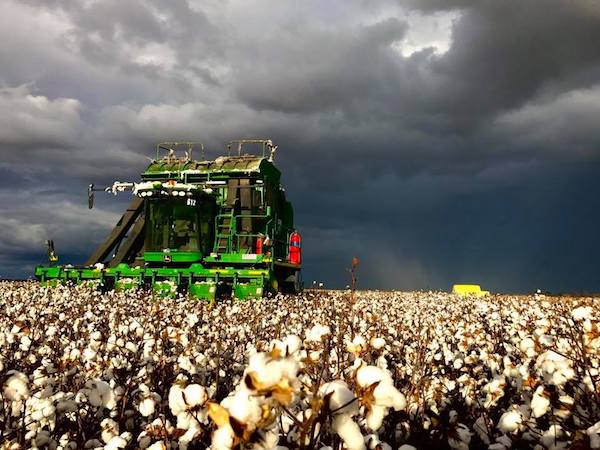Research and Development in the Agricultural Industry
Host: AG Workforce
There is a real sense of positivity in the agricultural industry when it comes to research and development. There are always more innovating ways to do things and solutions to old problems which are being rapidly introduced.
It has been clear that technology in the agricultural industry is continually developing. In the early 1960’s the production of crops increased by around two and half times. It went from 1.84 billion tonnes to 4.38 billion tonnes in 2007, however we only gained 11% more cropping country. The Australian food exports are worth around $30 billion annually and we are a part of the 11 countries which export food. Australia is producing food “on the driest inhabited continent, on low quality soils and with continual climate variability” (Langridge, 2014).
The agricultural industry is already using computer models which gives them information in relation to their cattle, crops and land. As the human population develops, technology and science will continue to develop within the agriculture sector. As time goes on, engineering and biology will be more so linked. Satellites will also be used in order to deliver information regarding our crops and productivity. With ground data as well, it allows for farmers to make better decisions for their business (Langridge, 2014).
 Source: HP Photography
Source: HP Photography
NEW INVENTIONS
The Bump Gate
The ‘Bump Gate’ is a gate which you simply bump and it will open for you and also close, instead of you having to get in and out of the car – it simply saves time.
Clip Ex Fencing
Clip Ex is a more effective, faster and efficient approach to fencing and work in the stock yards. Instead of tying off wires, it allows for more time to do more precious work.
Wild Dog Alerts
Wild Dog Alerts allow for facial recognition to send an instant notification to property owners who will receive a warning about the dogs on their properties.
Virtual Fencing
The Virtual Fencing lets cattle to be fitted with an ear tag which through a mobile device will be able to map and control grazing behaviours.
Drone Mustering
Drone Mustering is being trialled in the NT and QLD. At the moment, there are still limitations and the need to learn how to use the drone to effectively muster cattle but as the technology develops it will be more useful.
Drones for Crops
Drones are being used on crops to create a 3D map where it is compared to Normalized Difference Vegetation Index to give detailed information about the health of their crops. Diseases can be caught earlier, thus saving farmers money on chemicals.

OLD INVENTIONS
Cotton Gin
Some earlier inventions included the Cotton Gin which was invented in 1979 by Eli Whitney which allowed for 453.6 kg to be cleaned in the time it took one man to do 2.3 kg by hand.
Combine Harvester
Another invention was the Combine Harvester-Thresher which was first successfully built in 1828. Although George Barry in 1886 “built a combine around a steam traction engine” and that was the first self-propelled combine (Moore, 2008).

GOVERNMENT’S CONTRIBUTION TO R&D
Australia’s research and development for agriculture has been positioned among some of the best in the world. The Rural RDC’s are run by the Australian Government. They provide various services which are supported and funded through taxpayer and industry contributions. For more than two decades, the success of the agricultural and rural sectors has been supported by the work of the Rural Research and Development Corporations (RDCs). Strategic, targeted, and regionally relevant research and development delivers real benefit to Australia’s primary producers and to Australia as a whole (Rural R&D Corporations, n.d.). Other research and development in Australia is conducted by Commonwealth Scientific and Industrial Research Organisation (CSIRO), they aim to improve productivity and sustainability. They have multiple research projects such as AG Catalyst which is where all the agricultural research and development is showcased by CSIRO and others. The CSIRO also look at Animal Science, Digital Agriculture, Food Science, Food Security, Plant Science, and Sustainable Farm Management.
UNIVERSITIES CONTRIBUTION TO R&D
Australian Universities have also played a crucial part in the research and development. The University of New England and University of Western Australia are two examples of universities who are involved in research and development. The University of New England have a range of research being done in areas such as 3-D drone Imaging of Crops and Pasture, Electromagnetics for Soil Moisture Estimation, Vineyard Frost Management, Wild Dog Alerts, and Determining the Potential of Virtual Fencing for Application to Grazing Livestock. “The Precision Agriculture Research Group finds ways to integrate technology with farming practices to achieve optimal production” (Une.edu.au, 2017). The University of Western Australia is also conducting research which aims to develop the best farm practices by 2050. They developed the project on a 1600 hectare farm in WA. It is said that “by 2050 we will have to feed and clothe 50% more people without destroying the planet” (Ioa.uwa.edu.au, 2016).
“Investment in research and development (R&D) and innovation is vital for ongoing growth and improvement in the productivity, profitability, competitiveness, and sustainability of Australia’s agriculture, fisheries, forestry, and food industries” (Agriculture.gov.au, 2016). The rural landscape is continually developing and improving as a result of research and development and with the help of people with innovative ideas. These changes are coming about faster and more efficiently due to the Age of Technology. Pioneering in Australia is still alive and well!
